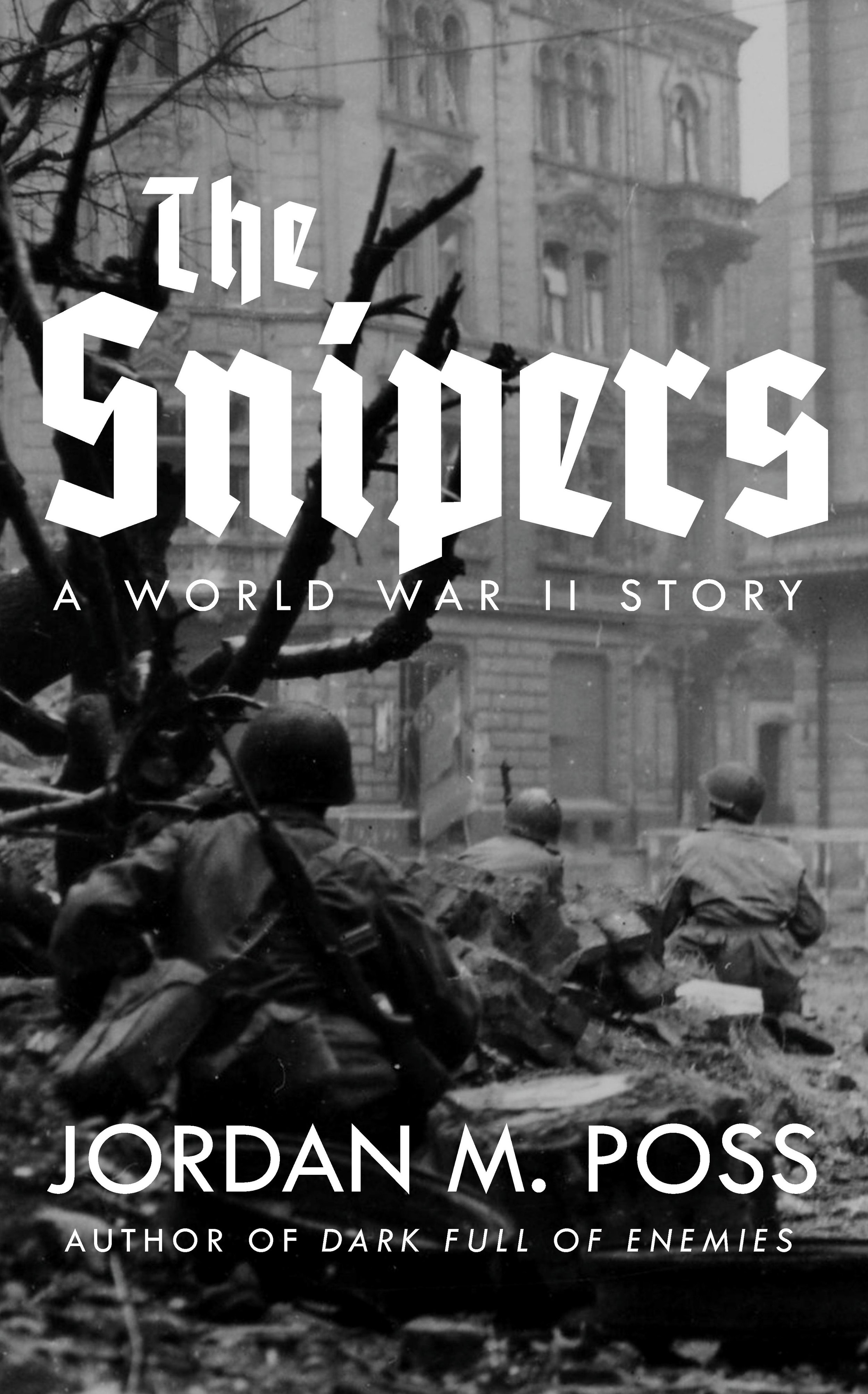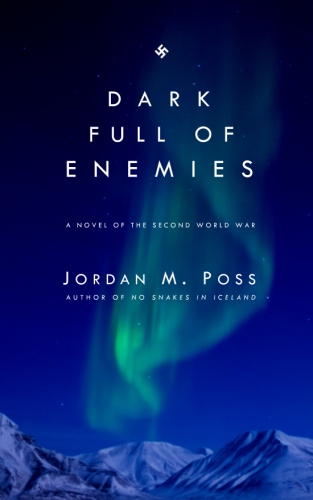On tunnels
/Nada and Frank discover the alien tunnels under Los Angeles in They Live (1988)
Over the weekend I finally got a chance to watch They Live, John Carpenter’s 1988 action-comedy-thriller about a working man unmasking the alien domination of the world. It was a delight. Carpenter presented his vision of the concealment of the true nature of the world by a powerful malevolence exploiting the ignorant masses brilliantly, and made it funny, creepy, and exciting in equal measure. It was also deeply paranoid.
That’s the point, of course. Rowdy Roddy Piper’s famous bank heist—a heist in which he steals no money—and the film’s climactic TV station shooting spree wouldn’t be nearly so enjoyable had the film not made the aliens’ domination so palpably real in the first half. But two things in particular struck me about They Live’s paranoid view of the world.
First, its vision of manipulative elites and passive, cattle-like masses is broadly applicable. They Live provides a template for just about any critique of the way society is run. The obvious target, and the one Carpenter intended, is the consumerism and haves-and-have-nots dynamic of 1980s America. But one could apply it to just about any menace you care to pick. In fact, the image of a hidden, rich minority of foreigners using the media to control the masses for profit suggested itself strongly enough to certain groups that Carpenter himself spoke up against the misuse of his story.
For myself, the aliens of They Live reminded me of nothing so much as latter-day tech CEOs: manipulating people, selling garbage, flogging unrealistic standards of luxury and beauty, clouding minds with useless information and busywork, justifying their existence through convenience, and—just occasionally—suppressing people they don’t want talking too much.
Second, and even more striking to me, were the tunnels. Following our hero Nada’s epiphany and initial, impulsive shooting spree, he falls in with a more organized resistance which is almost immediately destroyed by the foot soldiers of the alien overlords. Nada and his only friend, Frank, manage to escape using one of the aliens’ own wristwatches, which allow them to disappear in emergencies. Nada and Frank find themselves in a maze of tunnels under Los Angeles, the secret infrastructure supporting the aliens’ domination.
The tunnels are an interesting feature of the plot because they pop up in so many other paranoid visions of the world. Pizzagate, QAnon, the Satanic panic—all feature tunnel systems as prominent parts of their narratives. Even the rescue of twelve soccer players from a cave in Thailand has been spun in conspiratorial directions.
And this isn’t limited to recent theories: the anti-Catholic paranoia of the 1830s included fraudulent stories like that of Maria Monk, who claimed that tunnels permitted priests access to nunneries at night and convenient burial places for the children born of these unions, who were strangled at birth. Like its more recent counterparts, this hoax prompted investigations. Like those more recent investigations, it found no evidence that the stories were true.
So I’ve wondered more than once: what is it with tunnels?
If I were a Jungian—and I’m not, for reasons I intend to unfold here at some point—I might suggest that tunnels have some subconscious archetypal power that forces them to recur in our fears and anxieties and, inevitably, our stories. A little closer to reality, I find it interesting that tunnels make common conspiratorial metaphors literal. The image of the underground, the underworld, the subterranean, the hidden is always ready to hand in conspiracist rhetoric.
More to the point, I think tunnels keep popping up in paranoid narratives for two practical reasons.
First, tunnel systems really exist, and they’re not hard to find. Major cities, theme parks, malls, factories, and public works often have elaborate underground infrastructure, and that’s not even taking account of things like mining and military use. Even my undergrad college campus had a legendary tunnel network that was the subject of much rumor in the early 2000s. (One wonders how the rumors have morphed since.) These often vast systems are real, but they’re there for maintenance or logistics.
Not that the mundane has stopped paranoid speculation in the past. Look at any “abandoned places” video on YouTube and you will see two sets of people in the comments: people who have worked in maintenance tunnels and know what they’re for and try to explain it, and people who think all underground spaces are used solely for human trafficking and won’t change their minds.
Second, and perhaps more important psychologically, if something happens out of sight it is not falsifiable in the way something is that happens out in the open, potentially under observation. Conspiracy theories need tunnels because tunnels allow the conspiracy to unfold both here and somewhere else at the same time. And a good paranoid vision needs that, not just for atmosphere but so that the theory can perpetuate, unproven and impossible to disprove. Just look at all these tunnels!
John Carpenter used those trappings brilliantly in They Live. But in real life, living like Nada and looking for their tunnels will only lead you further away from reality.












